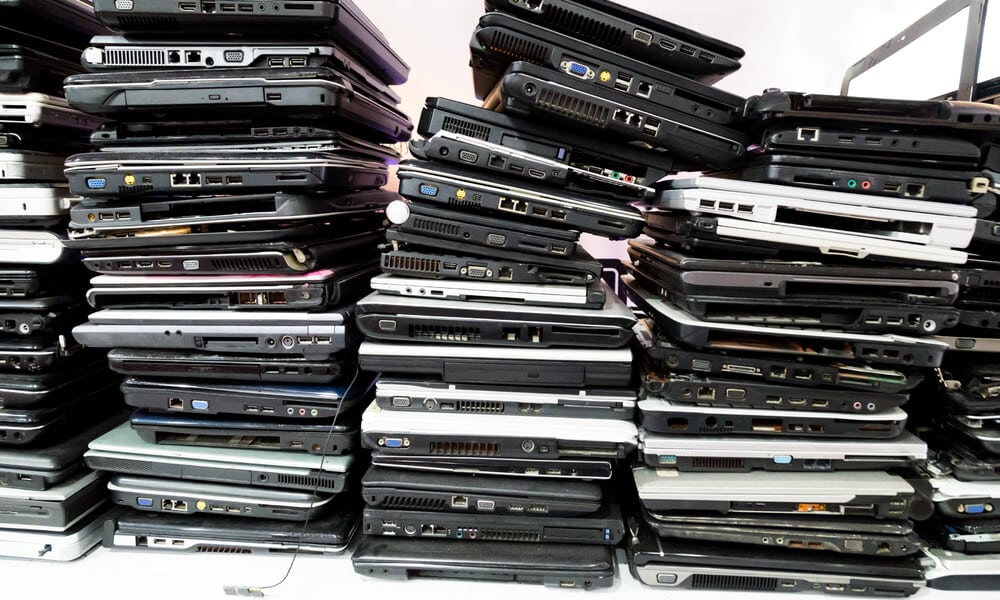You’re ready to get rid of some old equipment. How can you do that safely?
Once you’ve upgraded your computer equipment, you may be wondering what to do with your old hardware. Many companies have a policy whereby old computers cycle down to other, less critical areas of the business. But at some point, you’re going to need to get rid of your old hardware, including computers, tablets, cell phones, and servers.
Doing so poses a challenge for many businesses, as old computers often retain a lot of sensitive information, including financial data, customer information, and company secrets. You want to make sure that you don’t accidentally dump a computer with retrievable data. To make sure you dispose of old computers and hardware safely, follow these steps.
1. Backup your data.
Before you do anything, backup your hard drive so you don’t lose any data. You can make an archive of your computer’s data on an external hard drive, or back it up to the cloud. Whichever way you choose, back up as much of your hard drive as you can. It’s better to make a complete backup than to find out too late that you lost valuable and irretrievable data.
2. Wipe your hard drive.
Clearing data off our computer is no easy process. To ensure that no sensitive company of customer data can be recovered by data thieves, follow this multi-step process.
- Delete all your files. You may have heard how hard it is to permanently delete data from your hard drive. Simply emptying your recycling bin isn’t enough—the data might be removed from your file structure, but it’s still on your hard drive until it gets overwritten with more data.
- Unlink and uninstall all your programs. Many programs automatically sync with online cloud backups. This is a great boon to you in case of anything happening to your machine, but it also means you can’t leave these programs on your computer while they’re still connected to your information.
- Clear your browser. It’s not just your browsing history: many of us save important passwords and account information in our browsers to make logging in to our various online accounts easier.
- Wipe and restore to factory settings. After you’ve done all this, restore your computer to its default factory settings and wipe all data from it using a hard drive erasing program, which will overwrite your deleted files. Some programs overwrite your old data once, while others overwrite multiple times for added security.
3. Donate, resell, or recycle.
You can’t just throw your computer away. There are various components within a computer that are either environmentally toxic, such as mercury and lead, or valuable, such as copper, aluminum, and gold. Because of this, there are many programs available to help take your old computers off your hands.
If your computers are in good working order, consider donating them. Many charitable organizations specialize in providing used and refurbished computers to underfunded schools or families in need. You can also look into options to resell your old computers, if they’re still in good enough condition.
If your hardware isn’t usable, there are many options for recycling. Some hardware suppliers, such as Dell and Apple, have programs in place for taking back old equipment. Most towns and cities have drop-off locations for computer recycling, and many computer retailers, such as Staples, offer recycling or trade-in services. If you have a lot of computer equipment to dispose of, there are even professional services that will come to your office to pick up your old tech.
Consult with a professional about regulatory standards.
Depending on your industry, you may have regulatory procedures to follow to ensure sensitive data doesn’t fall into the wrong hands. If you have any doubts about your company’s ability to safely destroy this data, consult a professional for help. At Brightline, we specialize in data compliance standards for many industries. We can work with you to manage your equipment lifecycle and make sure that your old computers are disposed of safely.
